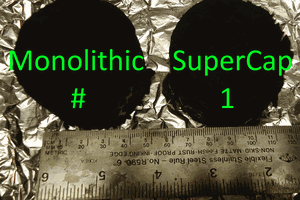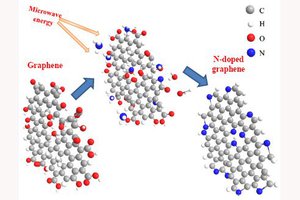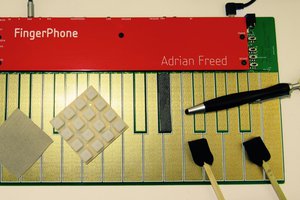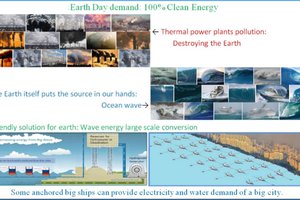Accordingh to various studies Nitrogen Doped Graphene is a better catalyst for electrolysis than platinum.
I will be coating some carbon fiber electrodes with nitrogen doped graphene quantum dots and a binder material most likely PVDF or PVP. GO quantum dots are prepared by oxidizing graphite/graphene, and treating with ultrasonication to continue to break the graphene oxide into smaller and smaller pieces.
Using urea and a microwave the oxygen groups can then be replaced with nitrogen and annealing/reduction with l-ascorbic acid to close the five membered rings containing nitrogen.
The two control groups will be using pristine carbon fiber electrodes of equal weight to the CF electrodes coated with n-doped graphene quantum dots and n doped multiwalled carbon nanotubes.
These will be placed in a simple hoffman apparatus and the mWh will be compared to volume of evolved gasses to determine efficiency.
Moving forward I would like to try ultrasonication in conjunction to see if there can be further increases in effeciency. This will probably only work on a much larger scale but I will see.
Picture used CC 3.0 Ivan Akira
This documentation describes Open Hardware and is licensed under the
CERN OHL v. 1.2.
You may redistribute and modify this documentation under the terms of the
CERN OHL v.1.2. (http://ohwr.org/cernohl). This documentation is distributed
WITHOUT ANY EXPRESS OR IMPLIED WARRANTY, INCLUDING OF
MERCHANTABILITY, SATISFACTORY QUALITY AND FITNESS FOR A
PARTICULAR PURPOSE. Please see the CERN OHL v.1.2 for applicable
conditions
 MECHANICUS
MECHANICUS


 Adrian Freed
Adrian Freed
 Md. Moniruzzaman
Md. Moniruzzaman